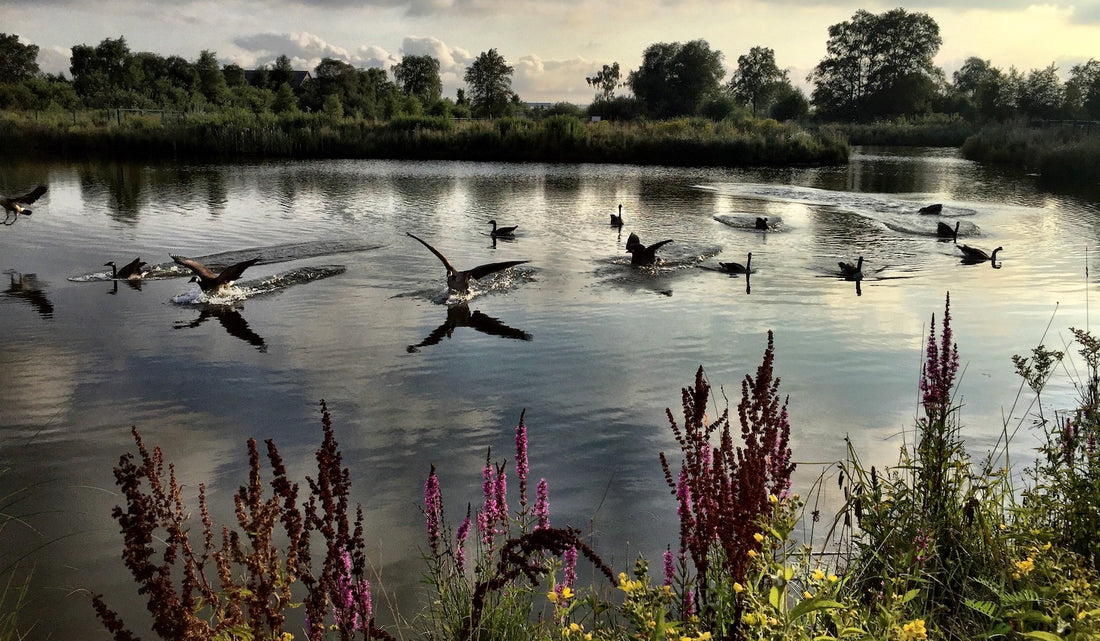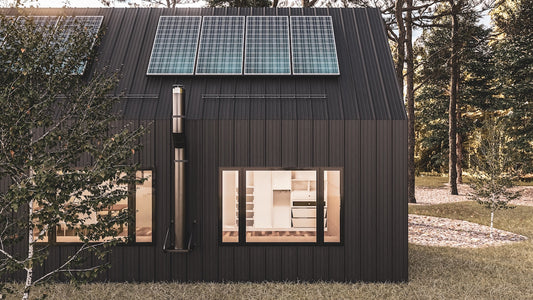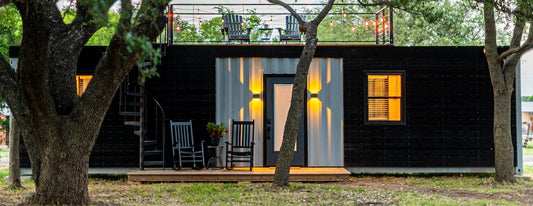Thinking of building on a wetland? Building on wetlands can be a lucrative endeavor. The problem is that there are a lot of rules and regulations when it comes to building on wetlands. If you follow them, the process should be easier. Here's what you need to know when you build on those homes built on swampland.
Understand significance of wetlands
Building on wetlands can be a great way to expand your property or raise it up. It also gives you many benefits (like protection from flooding, being green in terms of construction material, and being eco-friendly). But building on wetlands comes with its challenges.
Wetlands are extremely delicate and vulnerable to development. Understanding what wetlands are and how to check for them will help you avoid a costly mistake when building on a vacant parcel of land. Before you start any construction project, it is important that you conduct a thorough investigation and make sure that the land is not located in a jurisdictional wetland. Jurisdictional wetlands protect the water from pollution, contamination, and runoff from wastewater treatment plants in the area.
Jurisdictional wetlands allow the natural processes of a particular area to be protected against unforeseen circumstances. Let's say an adjacent property owner decided they wanted to build a new home in a marsh zone – this would disturb the natural habitat and lead to algae blooms in the water, salination and toxic red tides that could reduce property values by thousands of dollars per acre. This could also cause harm to human health, so knowing how much land is needed for what purpose is important!
Check with the U.S. Army Corps of Engineers (USACE) to determine if your vacant land is a wetland
The US Corps of Engineers is the federal agency responsible for regulating wetlands, who you will need to consult with if you need to develop your land. They are also responsible for conducting jurisdictional surveys to determine if there are wetlands on your property that require additional notification and permits to ensure compliance with the Clean Water Act (CWA). The US Corps has jurisdiction over jurisdictional wetlands and will take action if you fail to check for the presence of jurisdictional wetlands.
To determine whether your property is in a jurisdictional wetland, contact the US Corps of Engineers. If you live in a state with its own list of jurisdictional wetlands, you will need to check with your local county office for further information about this process such as field investigation - site survey, percolation test, etc.
Websites like Wetlab and US Corps (references below) are designed to help you learn about wetlands.
Conduct a survey and percolation test to check soil drainage and septic drainage
A topographic survey will help to determine existing site characteristics - 3-D data showing physical features of a lot.
In addition, it is important to do a percolation test before building on a lot of land. This will help ensure that the septic system can be installed and the soil beneath your house is not too damp or wet for proper foundation construction.
The percolation test is a method of testing soils for their ability to absorb and transmit water through the soil profile. This can be done by digging a trench, filling it with water, and then measuring how much water flows into the trench. The results of this test help determine if the soil is permeable enough to allow water to flow through it.
Permeability is measured by calculating the time it takes for one cubic foot of water to travel one foot through a given width of soil. If this time exceeds ten seconds, then the soil has high permeability. If it takes less than five seconds, then the soil has low permeability.
If the site is determined to be unsuitable, the septic system will need to be relocated. If a new location cannot be found, then an alternative treatment system will need to be designed.
Determine if your vacant land is within a 100-year floodplain
For new construction both the land and the home must be raised above the 100 year Base Flood Elevation (BFE). If the property is higher than the 100 year Base Flood Elevation, then the new house should have a low risk of being impacted by flood damage. Usually property builders will ensure the area is raised higher than the BFE to minimize flooding risk. FEMA is the Federal Emergency Management Agency which manages the National Flood Insurance Program and publishes the floodplain maps.
Check with local authorities and obtain necessary permits, licenses and approvals
Get in touch with the state environmental department and go through the procedure of getting permits, licenses and approvals before you start building on wetlands. Prepare the construction and landscape plans in accordance with the environmental protection requirements.
Inquire with the county construction department to understand their requirements, prepare construction budget with specifications, materials and labor costs separately to get an accurate estimate for building on wetlands.
Apply for building permit after preparing other required documents including approved plans, soil reports, survey reports, blueprints and excavation plans.
Building on vacant land can be an exciting and fulfilling experience, especially when you consider how the finished product will provide a home to you, your family and loved ones.
Links:





